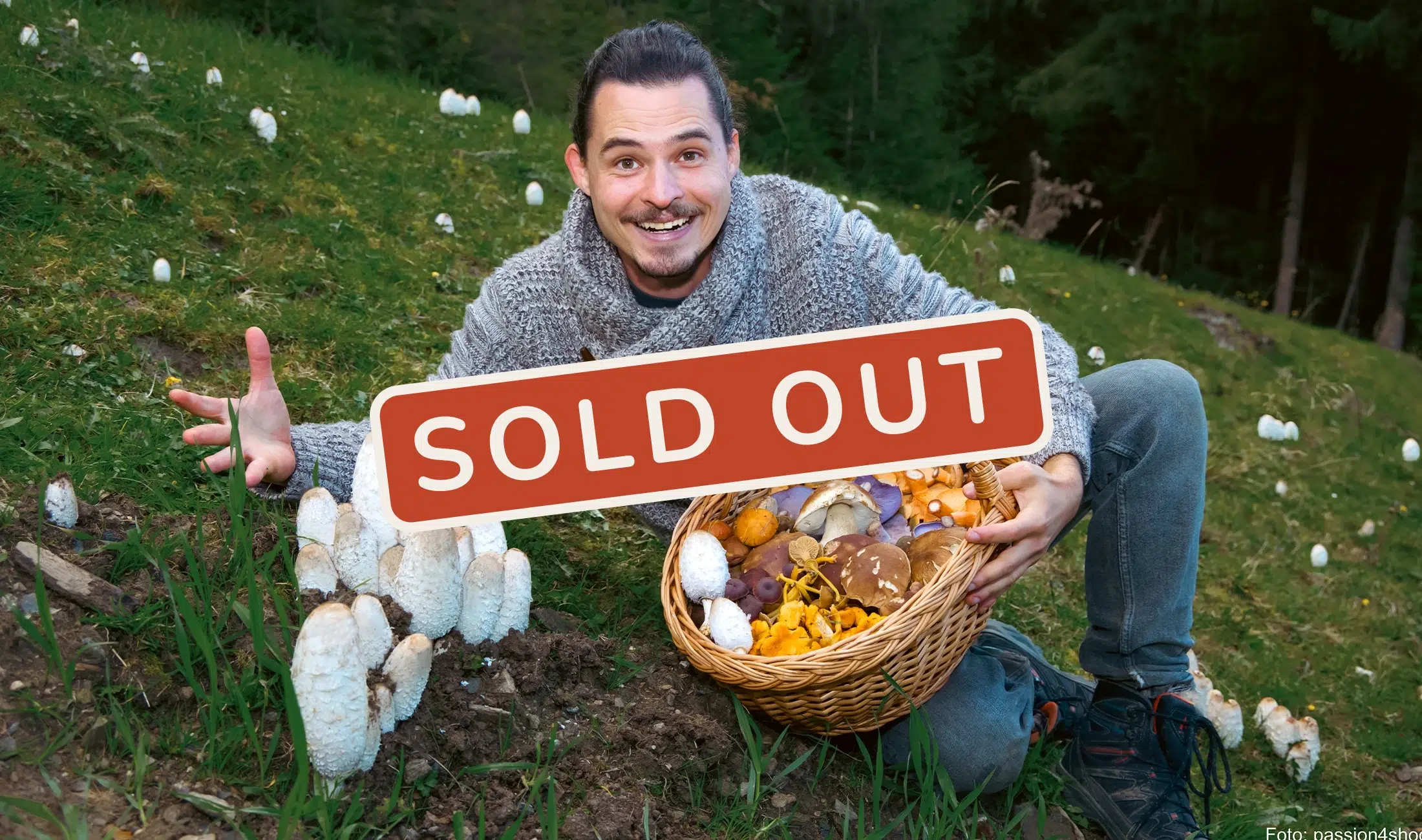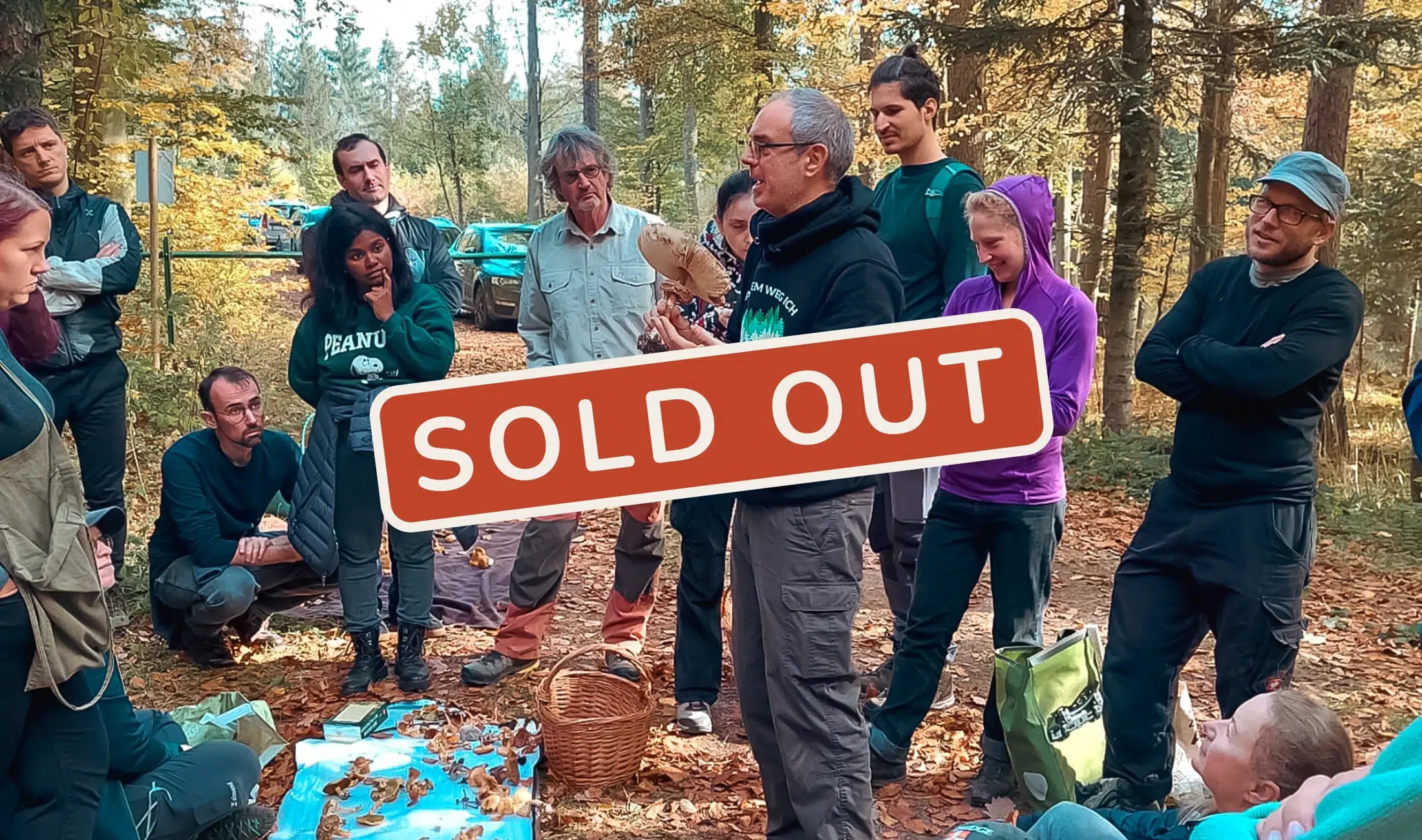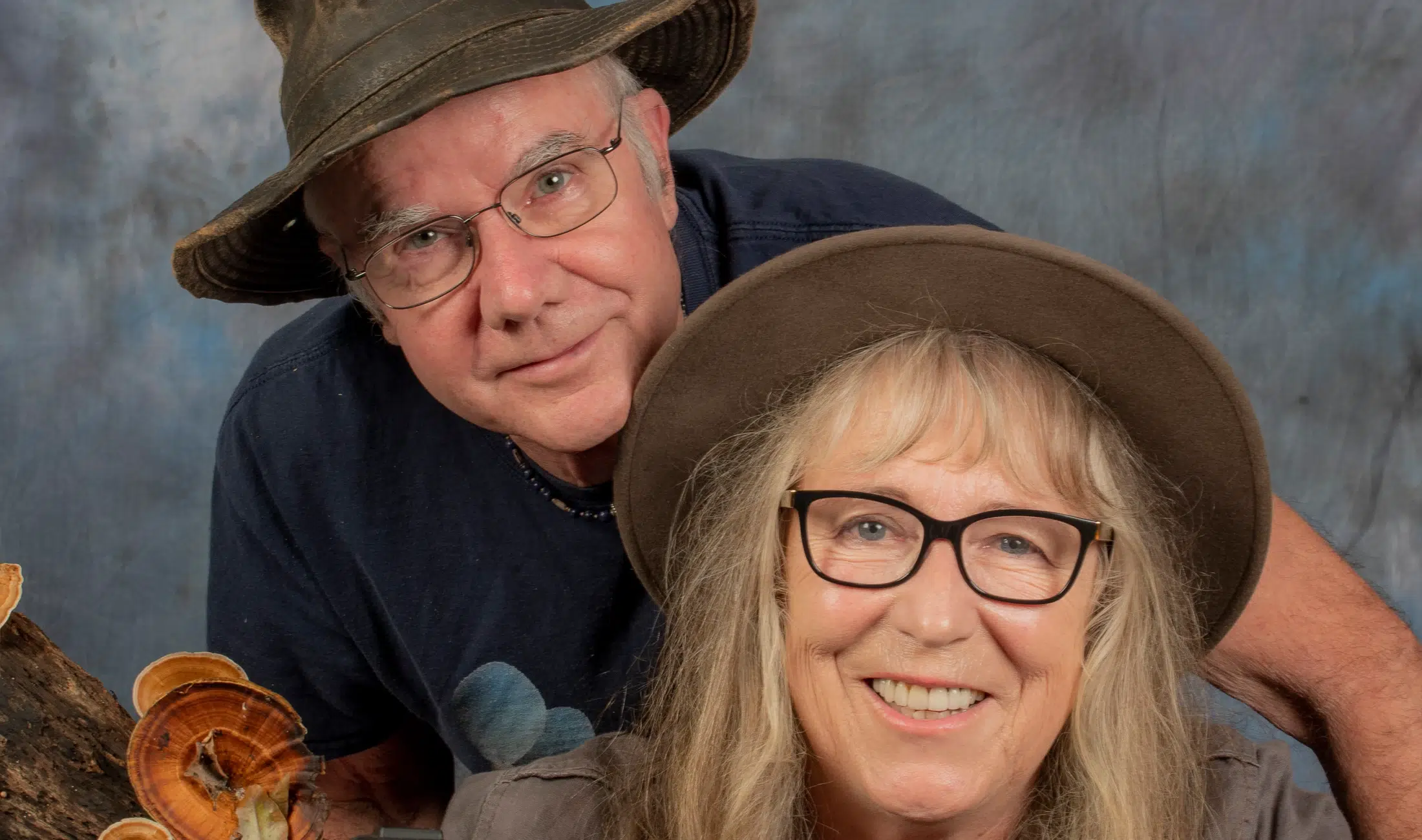FUNGA PHOTO FEST
Hidden Worlds Revealed
October 10, 2025 — from 7 p.m. — OstLicht Gallery
As the Funga Foto Fest draws to a close, we invite you to one final evening of visual wonder and microscopic storytelling.
Join us for a series of inspiring talks that explore the unseen lives of fungi. First, renowned Dutch microphotographer Wim van Egmond will guide us through his work as a portrait artist of the invisible. With a focus on microorganisms and often overlooked fungal structures—hyphae, conidiophores, spores—he shows how beauty and complexity flourish far beyond the mushroom. Through still images and video, he reflects on why portraying these life forms is not just science, but art.
Next, Alfred Drummond-Herdman takes us deep into the world of coprophilous fungi—a species that grows on herbivore dung. These unusual fungi have evolved remarkable, highly specialized adaptations that Alfred captures through breathtaking macro time-lapse photography. Alongside rare footage, he will share discoveries of several new-to-science species found in Scotland, and demonstrate how anyone, regardless of background, can meaningfully contribute to fungal research.
Finally, we welcome Agorastos Papatsanis, award-winning Greek nature photographer, whose poetic imagery has earned global recognition. He will share his work capturing the exact moment of spore release—those fleeting, magical instants beneath the mushroom cap—and how he uses light and timing to reveal the extraordinary choreography of fungal life.
Hidden Worlds Revealed celebrates the invisible, the overlooked, and the marvelously strange—offering one last chance to see the fungal world through new eyes.
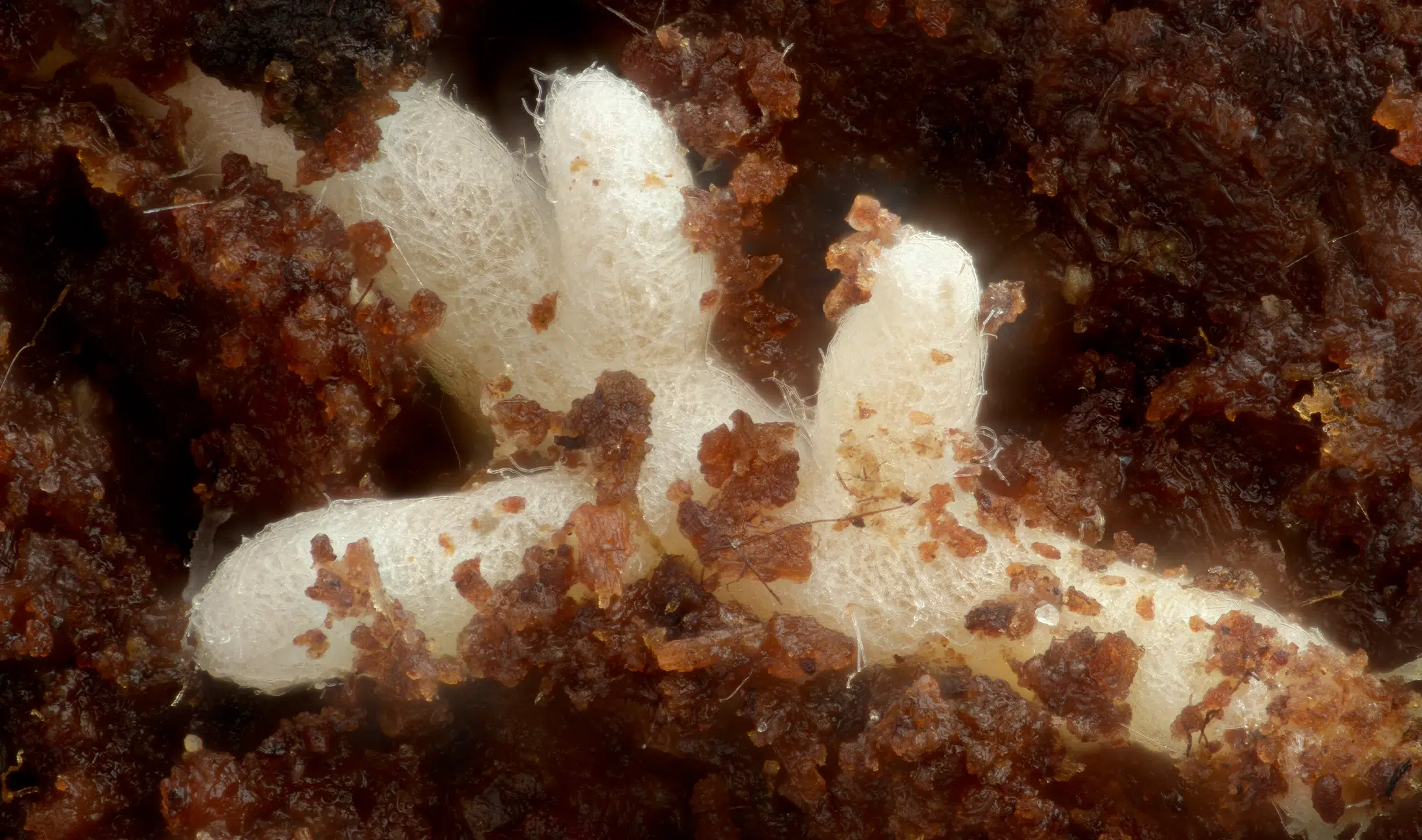
Photo: Wim van Egmond
Venue
The Gallery OstLicht is located in the old Anker bread factory at Absberggasse 27, 1100 Vienna, Austria. Access is through the inner courtyard, then take staircase 3 on the left to the 1st floor.
Speakers
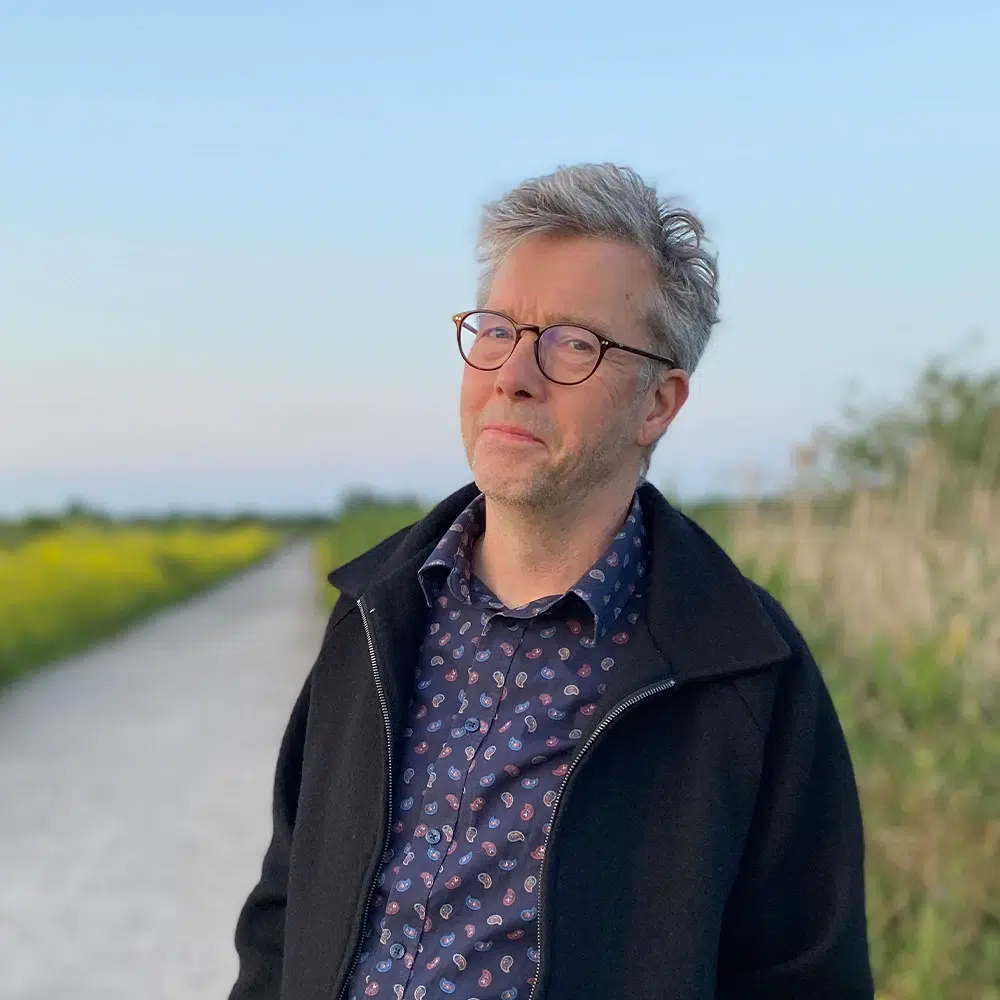
Wim van Egmond
Science has always fascinated me and my work has a certain affinity with it. Photography is an unusual mixture of technique and perception: the camera acts as a surrogate eye, a mechanical observation device that enables us to capture an image. I am particularly interested in those areas where photography deviates from human perception. This is one of the reasons why I started using optical techniques to increase our scope. I have specialized in photography through the microscope and in stereoscopy and a combination
of both. I have been portraying microorganisms for more than 30 years.
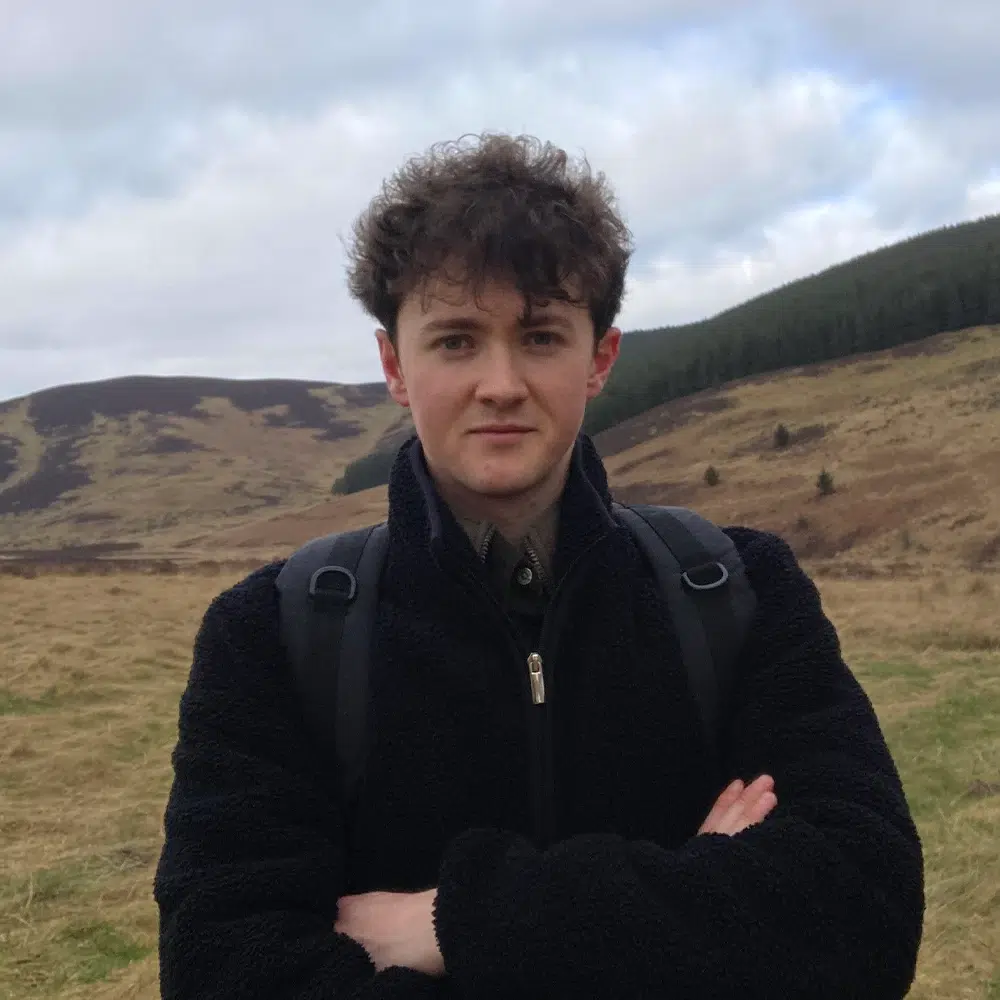
Alfred Drummond-Herdman
Based in Edinburgh, Scotland, Alfred studies coprophilous fungi—those that grow on herbivore dung. His work aims to bring attention to this often-overlooked yet remarkably complex and ecologically important group of fungi. One way he highlights these organisms is through macro time-lapse videos that capture their growth, particularly of species of Pilobolus (also known as “dung cannons”) and delicate inkcap mushrooms.
Through studying dung fungi in Scotland, he has discovered a number of species new to science, which he is currently working to describe formally. He is also working on a collaborative project to develop An Illustrated Introduction to the Coprophilous Fungi of Europe, aimed at a broad audience and designed to showcase the extraordinary diversity of fungi found in this unusual habitat.
You can follow his latest findings and videos on Instagram: @scottish.fungi

Agorastos Papatsanis
Agorastos is a photographer specializing in mushroom photography. He was born in 1977 in Deskati, Grevena region, a small village surrounded by a variety of forests, Northern Greece. He is living in Litochoro, Pieria (in the hug of mythical Mt. Olympus), where he works as a photographer. His first contact with nature photography came in 1999. He recorded and identified mushrooms until 2008, when he started photographing them with an artistic look. He has won numerous awards in world biggest competitions, Wildlife Photographer of Year 2013, 2016 and as winner two in a row years 2022 & 2023! So he wins in “European Nature Photographer of the Year”, Siena, MML, Asferico, Big Picture, MontPhoto.
He has worked with many magazines doing numerous articles, but certainly one of the most important moments of my photographic career was the selection of his photo by National Geographic Magazine (America), as the cover of the April 2024 issue! That was the first mushroom-themed cover in the magazine's history (136 years), featuring a rich 10-page article on mushrooms dressed up with his photos!
